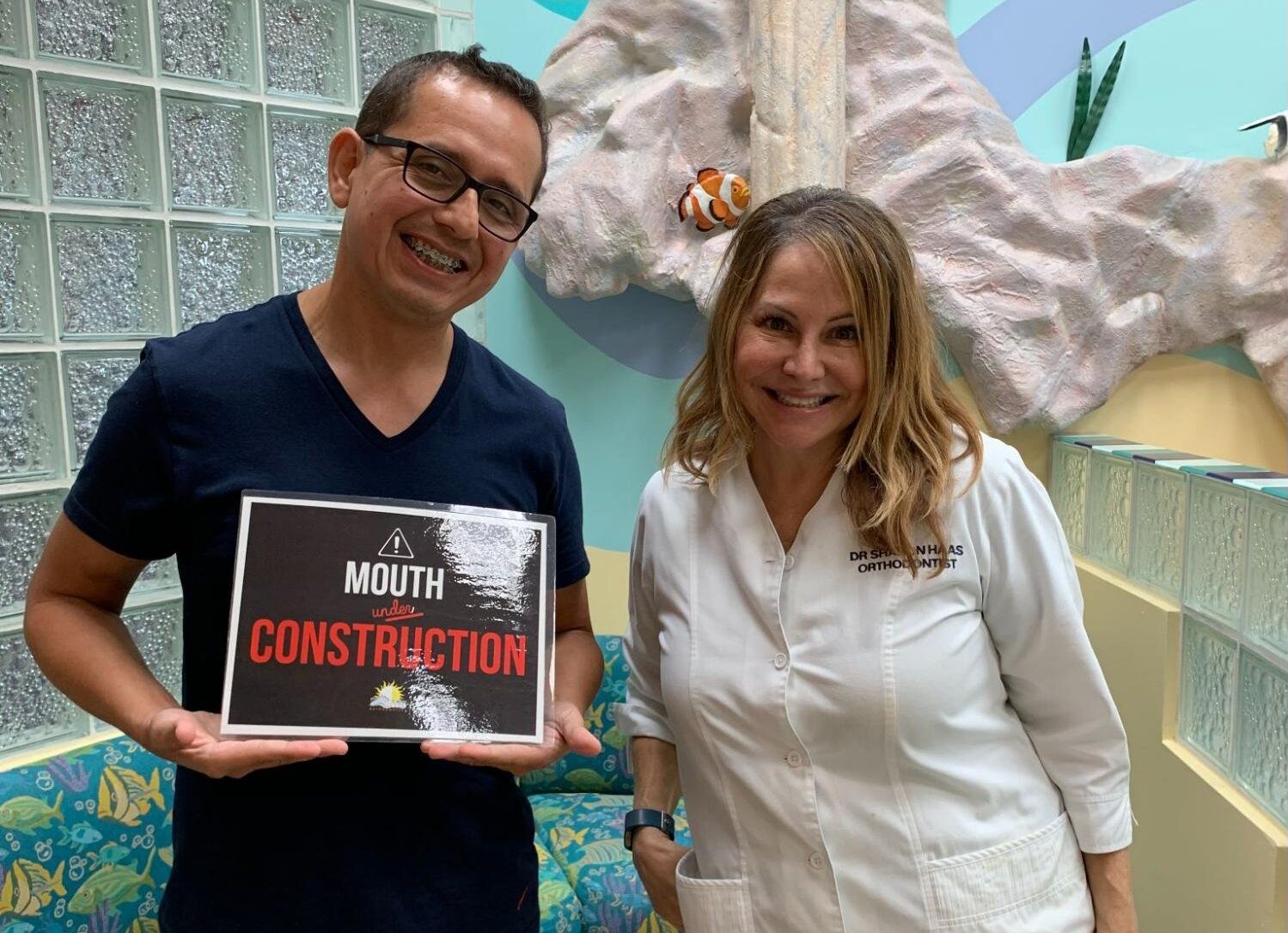Freedman & Haas Orthodontics provides each patient with a brand-new smile that lasts a lifetime. But how do they stay in place for so long, you may ask? Thanks to the power of retainers, our team can help you maintain the hard work you put into your newly aligned smile. Today, we are here to share everything you need to know about retainers, such as the types available at our office and why you need to wear one.
The Basics of Retainers
Once you attain perfect smile alignment, your teeth need support to stay in place. Retainers are customized dental appliances that will help you accomplish the job. This appliance holds your teeth in the position you want them to remain in and prevents them from shifting back. When properly cared for, they can last a lifetime.
Retainers are made of either plastic, metal, or a combination. No matter which type you receive, you can count on it fitting perfectly inside your mouth thanks to digital impressions and 3-D printing technology advancements. These innovations have allowed us increasingly precise models to craft your retainers from, making them more comfortable than ever.
Recommended Retainer Wear Time
Throughout your braces or Invisalign treatment, your teeth have been constantly moved to reach their best alignment. Retainers keep them in the exact position that they were moved to. Especially during the first phase of wear, it is essential you follow Dr. Freedman and Dr. Haas‘s suggestions. When combined with a fixed lower retainer on the inside of the teeth, it is only necessary to wear the removable retainers at night, alternating between the top and bottom.
Types of Retainers Available
At Freedman & Haas Orthodontics, we offer two kinds of retainers to our patients: fixed and removable. Depending on your needs and which teeth may need the most help staying in place, you may receive a combination of the two. As our orthodontists get to know your teeth throughout your treatment, they can suggest which will work best for you.
Fixed
Bonded to the inner surface of your teeth, fixed retainers are a discreet, effective option after treatment. They consist of a thin, flat curved wire glued flush inside your mouth with flowable dental cement. Fixed retainers typically only attach to your front four to six teeth, as those are most prone to shifting. They typically stay in for three to five years or as long as possible.
This permanent appliance can last years when cleaned and cared for correctly. Luckily, there is no time limit on how long retainers can stay in your mouth, so you don’t have to worry about having them removed at any point in the future, so long as they are kept in great condition.
Removable
When you think of retainers, the removable type is likely the version you have seen before. There are two kinds: some consist of a clear plastic base with a metal wire outlining your teeth, while others resemble clear aligner trays. Both are custom-made to fit your final teeth structure and keep them in position. Retainers with metal wires are mainly used after Phase 1 or interceptive treatment, as they allow space in the retainer for the baby teeth (deciduous) to come out and permanent teeth to emerge.
No matter which you have, you must remember to remove them before eating as they are not meant to withstand chewing pressure. Should something happen to your retainer, please give our office a call so we can provide you with a replacement as soon as possible without disrupting your teeth.
Why Wear Your Retainer?
Wearing your retainer is a significant step in completing your treatment plan and achieving your best smile. Your teeth are set in bone, not concrete, so establishing routines and keeping to your retainer-wearing schedule is essential.
Prevent Teeth Relapse
Especially early on, keeping your retainer on as prescribed will keep your teeth in their ideal position while they are most likely to shift back into their original placement. It prevents small adjustments from happening you may not notice right away. The better you stick to your schedule early on, the smoother a transition you can expect as your teeth adapt.
Allow Your Gums and Tissue Time To Settle
The tissue around your gums and teeth needs time to establish and stay in place as your teeth settle into their final position. A retainer provides this stability as it adapts and allows your smile to conform smoothly! This way, your teeth are able to gradually get used to their new position with minimal discomfort to you in the process.
Prioritize Your Follow-Up Appointments
After completing the braces or Invisalign phase of your treatment plan, your subsequent check-ins will be scheduled less often. However, they are just as important to attend as before. Because these appointments are intentionally spaced out, Dr. Freedman and Dr. Haas can promptly bring issues to your attention and keep your teeth healthy. Remember to bring your retainers to these appointments so we can check the way they fit on your teeth and that they are maintaining the alignment of your teeth.
This is also a perfect time to ask any lingering questions about your retainer, treatment plan, or how to keep your teeth in excellent shape long-term.
Keep Your Teeth Perfectly Aligned!
At Freedman & Haas Orthodontics, our top priority is to provide a comfortable, positive experience and help you achieve the smile you deserve! Our team is proud to provide expert orthodontic services to West Palm Beach, Wellington, and the surrounding communities. Contact our office to schedule your free consultation with Dr. Freedman or Dr. Haas and begin your smile treatment today. We can’t wait to meet you!





